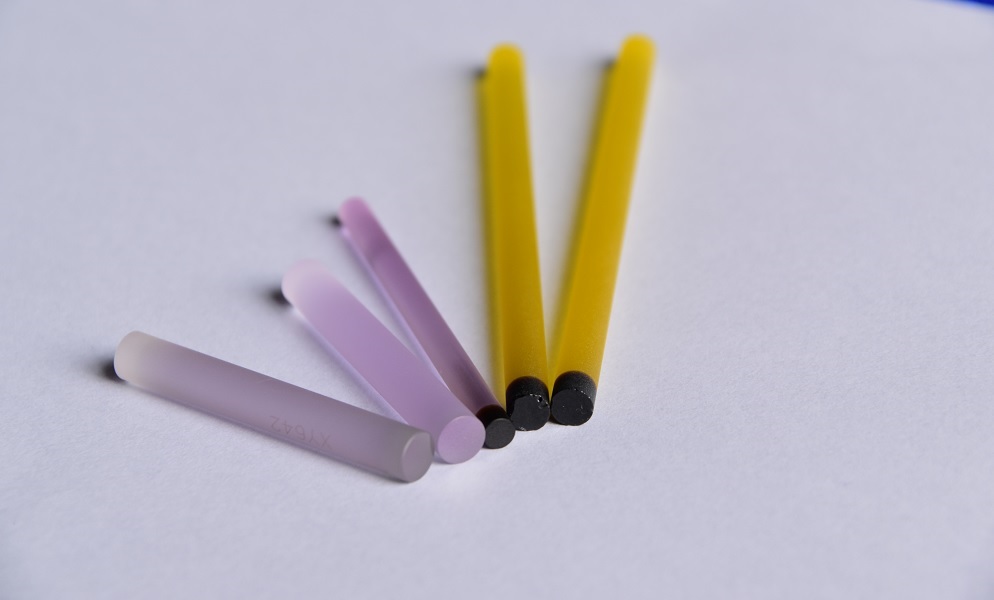Only 30% of the global PV market growth rate next year shows that in 2010, total global PV market shipments are expected to exceed 15Gwatts, an increase of more than 100% compared to 7.2Gwatt shipments in 2009. At present, China's solar energy production capacity accounts for 40% of the world's total, and most photovoltaic companies have doubled their shipment growth in 2010.
However, such rapid growth may end in 2011. Recently, several photovoltaic companies announced the expected number of company's shipments or sales contracts in 2011. From the existing data, although there is growth in the photovoltaic market next year, the increase has been slower than in 2010. Among them, Suntech Power stated that the annual shipment of photovoltaic cells in 2011 will be no less than 2.2G watts, an increase of less than 50% compared to 2010; Yingli New Energy indicates that the sales contract for next year will be above 1G watts, even if All production capacity was released. Its shipment volume was only around 1.6Gw, which was a year-on-year increase of only 60%. Another newly-listed company, JinkoSolar, also stated that its battery module production capacity may increase by 30% in 2011.
China Merchants Securities researcher Wang Liusheng pointed out that the growth rate of photovoltaic modules in the world in 2011 should be around 30%, compared to this year's increase there will be a substantial decline.
The polysilicon price will also fall back to the sharp decrease in the growth of photovoltaic output in a few months. At the same time, the polysilicon price trend is the industry’s most concerned topic. For polysilicon manufacturers, the price of polysilicon is naturally the higher the better, but for the downstream photovoltaic cell assembly plant, the high polysilicon price will undoubtedly increase its cost.
At present, the price of polysilicon in the spot market of silicon raw materials in China is around US$105/kg, which has increased several times over the price of US$50/kg at the beginning of the year.
However, the current price of polysilicon may be at the top of the stage. Xiao Zhong, a researcher at China Investment Advisor New Energy Industry Group, believes that the rising trend of polysilicon prices in China is unsustainable, and that there will be a correction in the coming months. This is because as Germany and Spain lower their subsidies for photovoltaics, the demand for polysilicon from photovoltaic companies will weaken. At present, in some major markets, the sales of photovoltaic modules have been slow. With the drop in polysilicon prices, the high profit margin of the polysilicon industry will surely return to a relatively normal level.
Orient Securities released an analysis report pointed out that although the current profitability of polysilicon production companies is also good, once the world's polysilicon supply excess, manufacturing technology is no longer a high threshold, then the price of polysilicon will also plummet, when such companies will face unprecedented pressure.
Laser crystals of various materials including Neodymium Doped Yttrium Aluminum Garnet (Nd:YAG), Yb-doped Yttrium Aluminum (Yb:YAG), Nd-doped Yttrium Orthovanadate ( Nd:YVO4 ), Nd-doped Gadolinium Orthovanadate ( Nd:GdVO4 ), Cr doped Yttrium Aluminum Garnet ( Cr4+:YAG ) and diffusion bonded composite crystal ( DBC crystal ) are available from Coupletech Co., Ltd.
Coupletech could supply many kinds of Laser Crystal with larger dimension, higher damage threshold, higher conversion efficiency and higher reliability for higher power Solid-state laser applications. We have strict quality control and continuous innovation. Coupletech's various finished laser rods, laser crystal, slabs and thin wafers as well as supplying laser crystal with brewster's angle, which is widely for use in industrial, medical and scientific applications.

S
Laser Crystal
Yb:YAG Crystals,Nd:YAG Crystals,Nd:YVO4 Crystals,Cr:YAG Crystals,Diffusion Bonded Crystals
Coupletech Co., Ltd. , http://www.coupletech.com